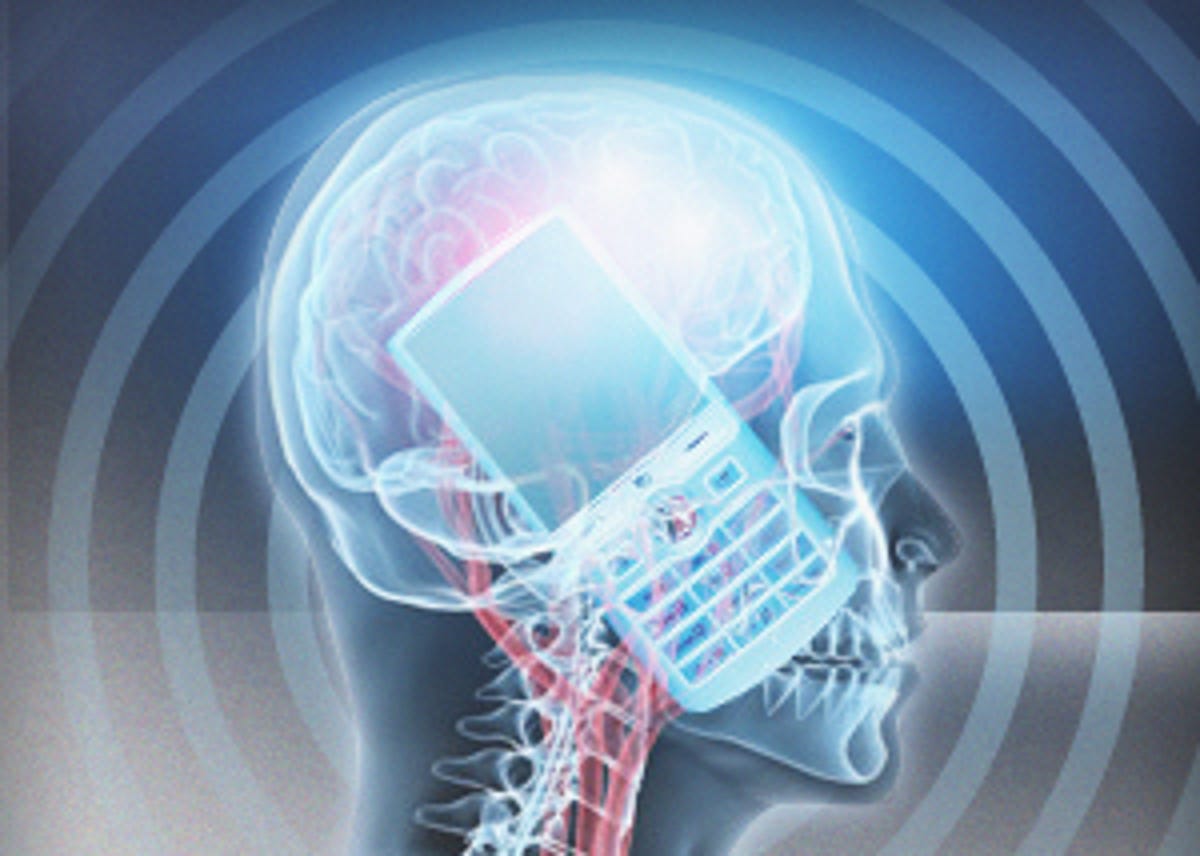The City of San Francisco will face off in court with the wireless industry today in a hearing that may determine if the local government will be allowed to force retailers selling cell phones within city limits to disclose possible health risks to consumers before they buy mobile devices.
In 2010, the San Francisco Board of Supervisors and then-mayor Gavin Newsom approved legislation that would require manufacturers to provide information about the potential health risks associated with using cell phones.

Specifically, the ordinance required retailers to put up posters in stores that sell cell phones warning of potential risks. It also required that a sticker be affixed on the outside of cell phone packaging providing information about the SAR level, a specific absorption rate at a level defined by the Federal Communications Commission, and a fact sheet that offered more information about the potential risks of using cell phones as well as information about how to reduce exposure.
The CTIA, the wireless lobbying association representing handset makers and cell phone carriers, sued the city, arguing that these requirements violate the industry’s First Amendment rights and also pre-empt the federal standard set by the FCC that ensures cell phone safety.
In October, U.S. District Judge William Alsup struck down the city’s sticker and poster requirements. But he upheld the city’s right to distribute “fact sheets” about potential risks, provided the city tone down rhetoric.
The CTIA is appealing this decision in the U.S. Court of Appeals, and it’s asking for an injunction against issuing the “fact sheet.” Meanwhile, the city, which in Judge Alsup’s judgment lost two of the three warning methods in the original ordinance, is also appealing the former decision, asking the three-judge panel for the Court of Appeals to re-instate the other pieces of the ordinance.
Related stories
- U.S. report: FCC’s cell phone radiation guidelines outdated
- CTIA weighs challenge to revised SF cell phone law
- SF tries again with cell phone radiation law
The case is significant in the ongoing battle between those who believe that low levels of radiation from long-term cell phone use can be hazardous and those who say that cell phone use is not at all dangerous. And if the city prevails in court, it could pave the way for other state and local governments to pass similar legislation of their own. And it may bolster the chances of a new federal law.
Earlier this week, Rep. Dennis Kucinich (D-Ohio) introduced a bill called The Cell Phone Right to Know Act that would put warning labels on cell phones and require the Environmental Protection Agency to update the RF energy absorption rates. The bill also calls for more research to be conducted on the potential health risks.
A CTIA representative said the association hasn’t issued a formal statement on the legislation yet. But he did say that the CTIA supports more research being conducted. That said, the CTIA views requiring labels or warnings on devices an infringement of the First Amendment.
“The government can’t compel a private party to express an opinion that it disagrees with,” said Andrew McBride, an attorney with the Washington, D.C. firm Wiley Rein LLP, who will argue the CTIA’s case in front of the U.S. Appeals Court today.
He added that the information the city wants to provide to cell phone consumers is opinion and not fact.
To be fair, the science on the issue of whether cell phones are harmful is conflicting. Some research suggests there are legitimate health concerns while other studies conclude there is no cause and effect between cell phone use and cancer or any other health issues. Still, in spite of the conflicting information, the World Health Organization a year ago called cell phone radiation a “carcinogenic hazard,” putting it in the same category as other possible carcinogens like lead and exhaust from gasoline.
On Tuesday the U.S. Government Accountability Office issued a report calling for the FCC, which has oversight of cell phones, to revise its standards. The agency reviewed several studies and concluded that the FCC’s standards, which were established in 1996, may be out of date.
“The FCC energy exposure limit may not reflect the latest research, and testing requirements may not identify maximum exposure in all possible usage conditions,” the GAO report said.
The FCC’s current standard looks at what’s called specific absorption rate or SAR. This rate measures the rate at which radio frequencies are absorbed by a section of tissue. The FCC’s current SAR limit is a maximum of 1.6 watts per kilogram for any wireless device sold in the U.S.
Vince Chhabria, a deputy city attorney for San Francisco, who will argue the city’s position in court, said that the GAO’s report supports the city’s argument that warnings are needed because of the lingering concerns about the long-term effects of cell phone radiation exposure.
“This report confirms what was already obvious,” he said. “New information keeps coming up about the relationship between cell phone use and health risks, such as cancer. And we think the public is better served if they’re given the opportunity to take a closer look at this new information.”
But the CTIA actually thinks that the GAO report may help its argument. The GAO report states that there is no evidence to date that proves cell phone use is a risk to consumers’ health. And the report suggests that the U.S. align its standards with standards used in Europe, which could actually raise the exposure level or SAR higher than where it it is today.
Meanwhile, the FCC said in June that it’s looking at revising the standard anyway. And the agency is currently preparing to take public comment on the issue.



